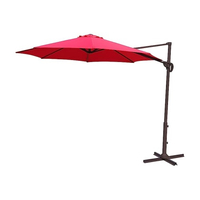Why every gardener should know about the 3-hour gardening rule – professionals offer this warning
Simple recommendations from an experienced gardener to help make sensible decisions when gardening in the summer, and why your plants can benefit too
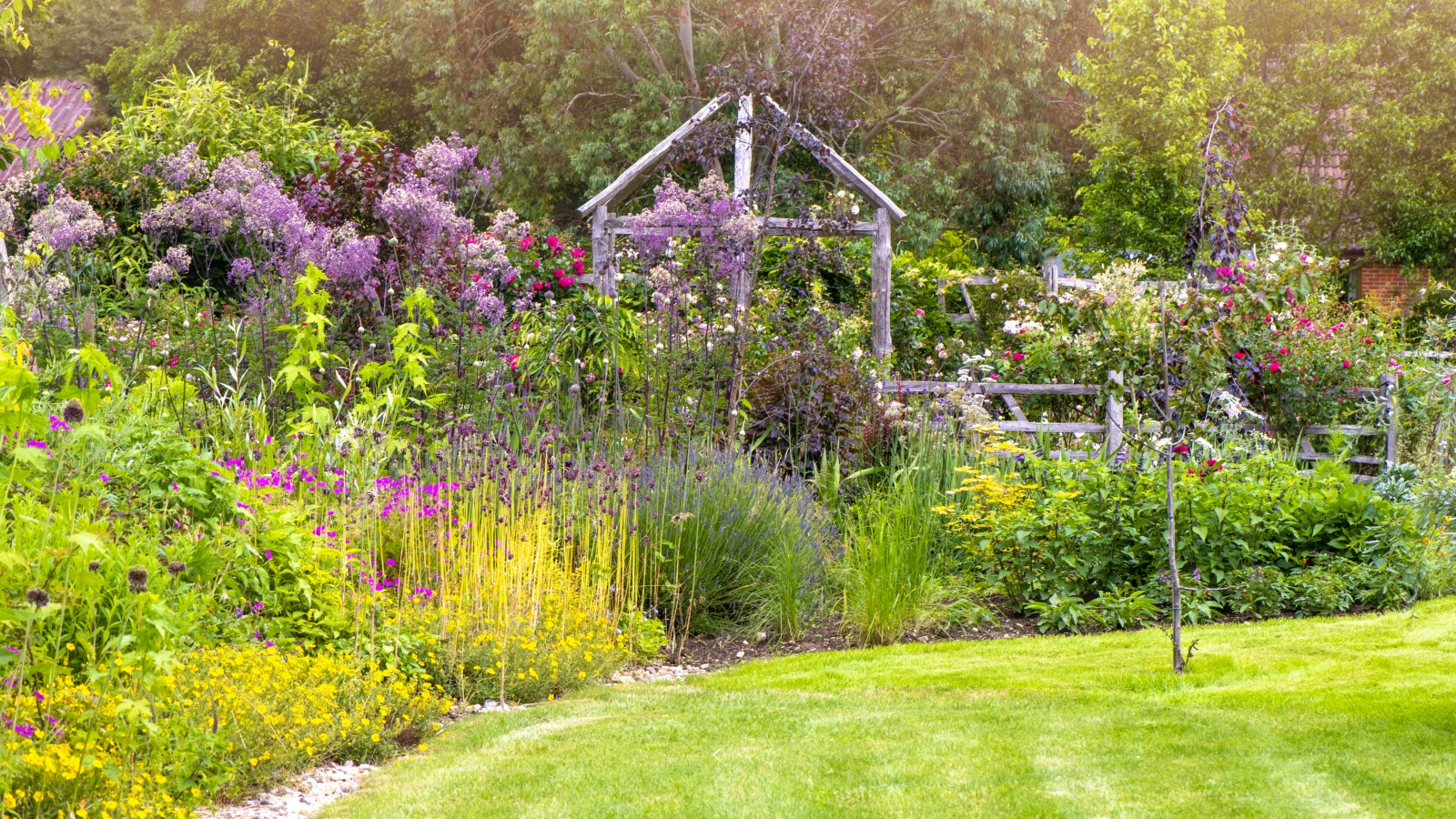

The internet recently has been awash with a warning for gardeners to stay out of their yards for three hours a day. The advice is to put your backyard ideas on hold and not do any gardening between the hours of 11 am and 2 pm.
With a heatwave currently striking and climate change pushing global temperatures up, our summers are getting hotter and this does undoubtedly have an impact on how people garden at home.
I spent many years working year-round as a professional gardener, out in the garden during periods of summer heat. I also had teams of volunteers and had to ensure everyone took precautionary measures during those hot days. You do need to be sensible when gardening in the sun, but there are some simple measures to follow that ensure you, and your plants, can prosper during the summer.
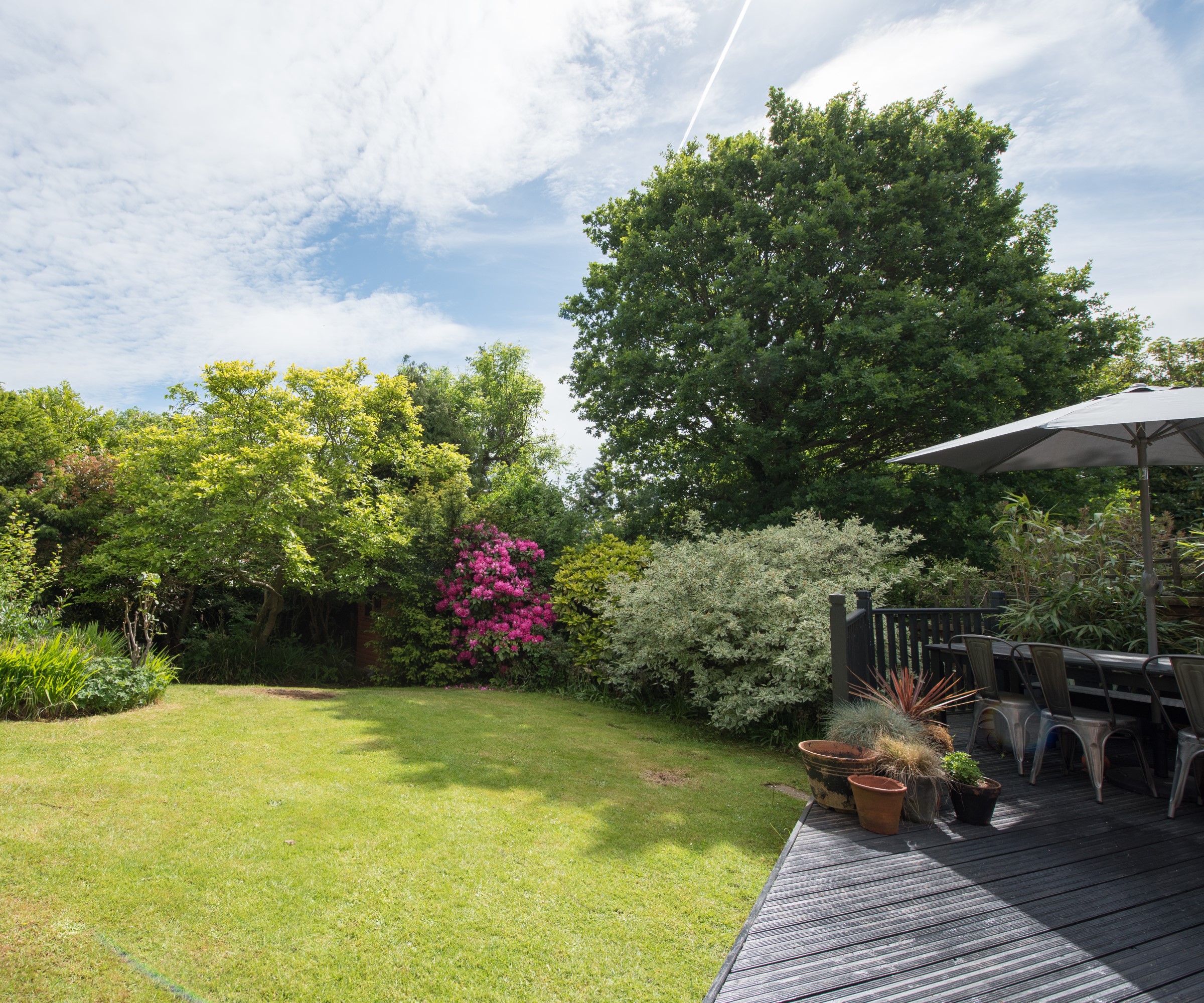
Precautions must be taken on hot summer days when working in the garden
When are the 3 hours to avoid gardening?
The 3-hour warning to gardeners focuses on the high levels of UV in the summer. The UV levels are at their highest and most dangerous between the hours of 11 am and 2 pm each day. This makes that time window potentially the most dangerous for people to be out in their backyards doing tasks ranging from deadheading roses to mowing a lawn each day.
Peak UV levels occur during midsummer and it is recommended to check the levels before heading out with any gardening tools. The UV levels can vary each day, depending on weather conditions. It is advised that you should do gardening once the UV index gets below 4, which is considered a less risky time.
The risks are real and when the sun is at its strongest there is a possibility of suffering from dehydration, sunburn, and sunstroke. It is sensible to do many gardening tasks in the early morning or the late evening, especially during the peak summer months. At these times the temperatures are cooler and you are less at risk.
There are always some people that cannot avoid being out during those peak hours, such as those who work in the gardening field. Myself, colleagues, and volunteers who helped us, found ourselves daily out in the peak UV hours during the summer. It was then that making sure everyone looked after themselves became a priority and precautions were made to keep everyone safe.

The UV levels are highest between 11am and 2pm
Best ways to protect yourself
There are many tips that I learned from my time working outdoors in the summer to help cope with the sun and the heat. Many of these are very sensible and well-known, but they will help you stay safe if you are out gardening during the summer.
- Start early - get out early to complete tasks and get jobs done before the temperatures rise. Many gardening staff start earlier during the summer to get jobs done, and the morning is the best time to do tasks such as watering and harvesting
- Water - it is important to stay hydrated and drink plenty of water during sunny days. It was always advised that gardeners took bottles of water with them when working. Water is the best option as opposed to caffeinated or sugary drinks
- Sunscreen - taking protection from the sun and applying a high-factor sunscreen (I always opted for a sunscreen with a minimum SPF 50, available at Amazon) is essential when out in the garden during summer. And to reapply it regularly throughout the day
- Shade - if you have to be out in the heat of the day then stay in the shade as much as possible. I have used pop-up and movable gazebos or parasols that could be set up in the garden to provide respite. Tasks were also planned to ensure that shadier jobs were done during the hottest parts of the day
- Keep out of greenhouses - any tasks that need doing in backyard greenhouses should be done early. I ensured that greenhouse jobs were completed first thing and it meant no one had to be in roasting hot glasshouses or polytunnels during the sunniest hours
- Clothing - loose and lightweight clothing is recommended, as well as always wearing a hat - ideally with as wide a brim as possible. Any gardening tasks that required long sleeves, long trousers and PPE, such as strimming, should be done early and not in the hottest parts of the day
- Take it easy - if you feel like you are struggling because of the heat, then stop working and take a break. There is no need to push it and make yourself ill to get gardening tasks done. Take regular breaks every 20 minutes to have some water in the shade. If it all feels too much, then stop and call it a day
Outdoor Tilting Patio Umbrella | Available at Amazon
This 10 feet diameter offset hanging patio umbrella has a crank and cantilever operation system that can be angled to provide shade out in the yard whether you are working or resting.

Take regular breaks in the shade on sunny days
How it helps your plants too
Not only is avoiding gardening during the hottest part of the day beneficial for your health but it is also favorable for your plants.
It is always advisable to water plants in the morning or evening and not in the heat of the day. Watering at the hottest time of the day is a common garden watering mistake that is inefficient and has the potential to harm plants. If you water plants during the peak heat hours you lose lots of that water to evaporation before your plants can utilize it, while water on the foliage in full sun also brings with it risk of leaf scorch.
Plants are under more stress when the temperatures reach their peak and it is not the best time to prune them. Pruning is a mistake gardeners make in a heatwave, as it signals them into growth and this requires energy and water which needs to be preserved during periods of excessive heat.
Picking flowers or harvesting vegetables and fruit is best done in the cooler hours of the early morning or evening. Flowers from a cut flower garden or flower bed are best picked when the stems are full of water and this prevents wilting and helps them last longer. Picking flowers in the heat of the midday sun is the worst time to cut them, as they have only a small amount of water then and it will dramatically reduce their lifespan.
The same rule should be applied to harvesting edibles from the kitchen garden or vegetable garden. They are best picked in the early morning and should be kept out of the heat or direct sunlight. If not in the morning, then do any harvesting in the evening.
It is important to put safety first when doing any gardening tasks on hot and sunny days. Even if you are planning small backyard ideas or are just nipping out to do some quick container gardening tasks, then exercise caution. Where possible, plan your tasks to start early and finish before the sun reaches its peak level and, even then, still use sunscreen, take breaks, and keep hydrated.
Sign up to the Homes & Gardens newsletter
Design expertise in your inbox – from inspiring decorating ideas and beautiful celebrity homes to practical gardening advice and shopping round-ups.

Drew’s passion for gardening started with growing vegetables and salad in raised beds in a small urban terrace garden. He has worked as a professional gardener in historic gardens and specialises in growing vegetables, fruit, herbs, and cut flowers as a kitchen gardener. That passion for growing extends to being an allotmenteer, garden blogger, and producing how-to gardening guides for websites. Drew was shortlisted for the New Talent of the Year award at the 2023 Garden Media Guild Awards.
-
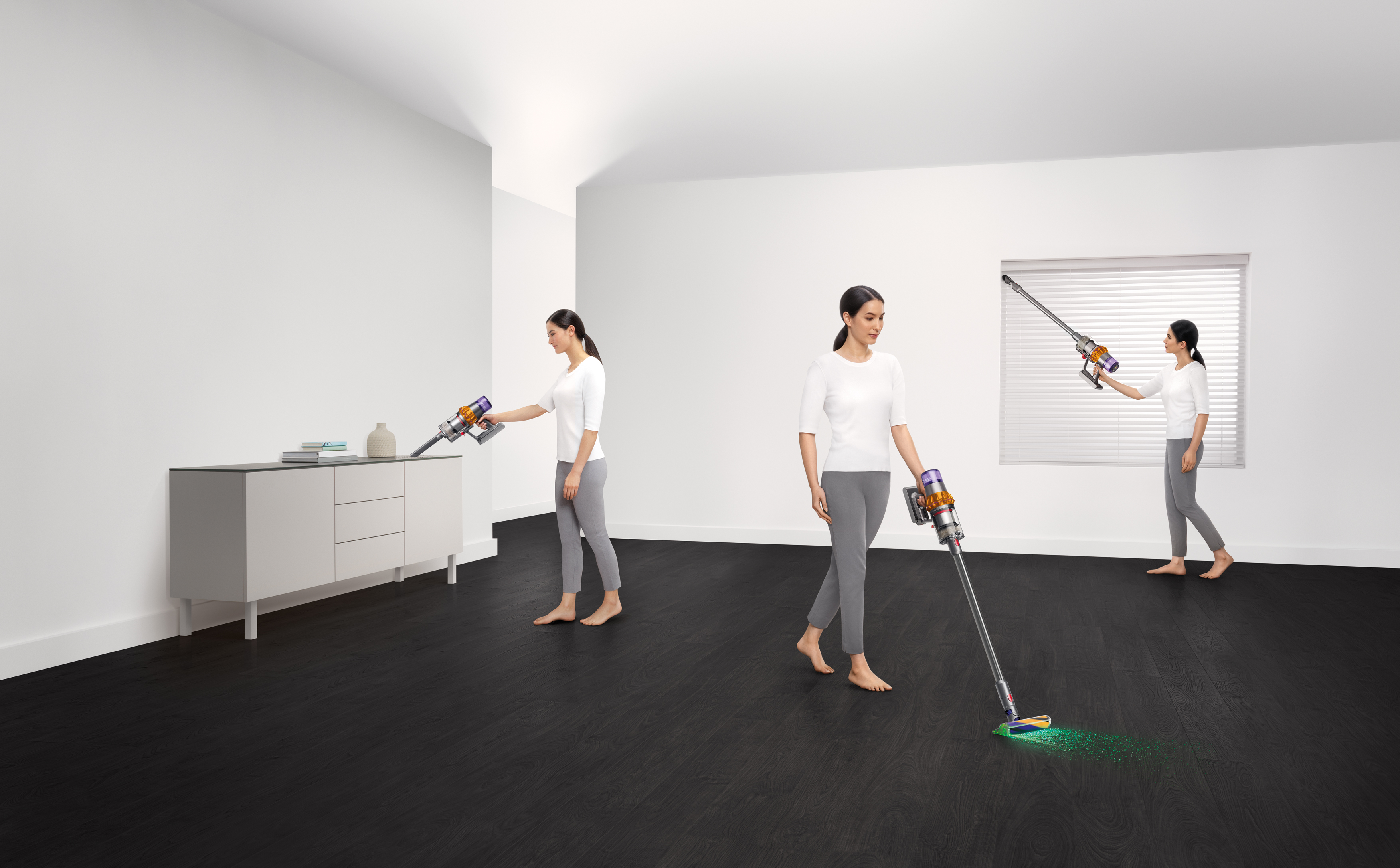 Dyson V15 Detect vs Dyson V12 Detect Slim – which is right for your home?
Dyson V15 Detect vs Dyson V12 Detect Slim – which is right for your home?I've spent more than 200 hours testing vacuum cleaners and these two cordless Dysons are my personal favorites
By Dan Fauzi
-
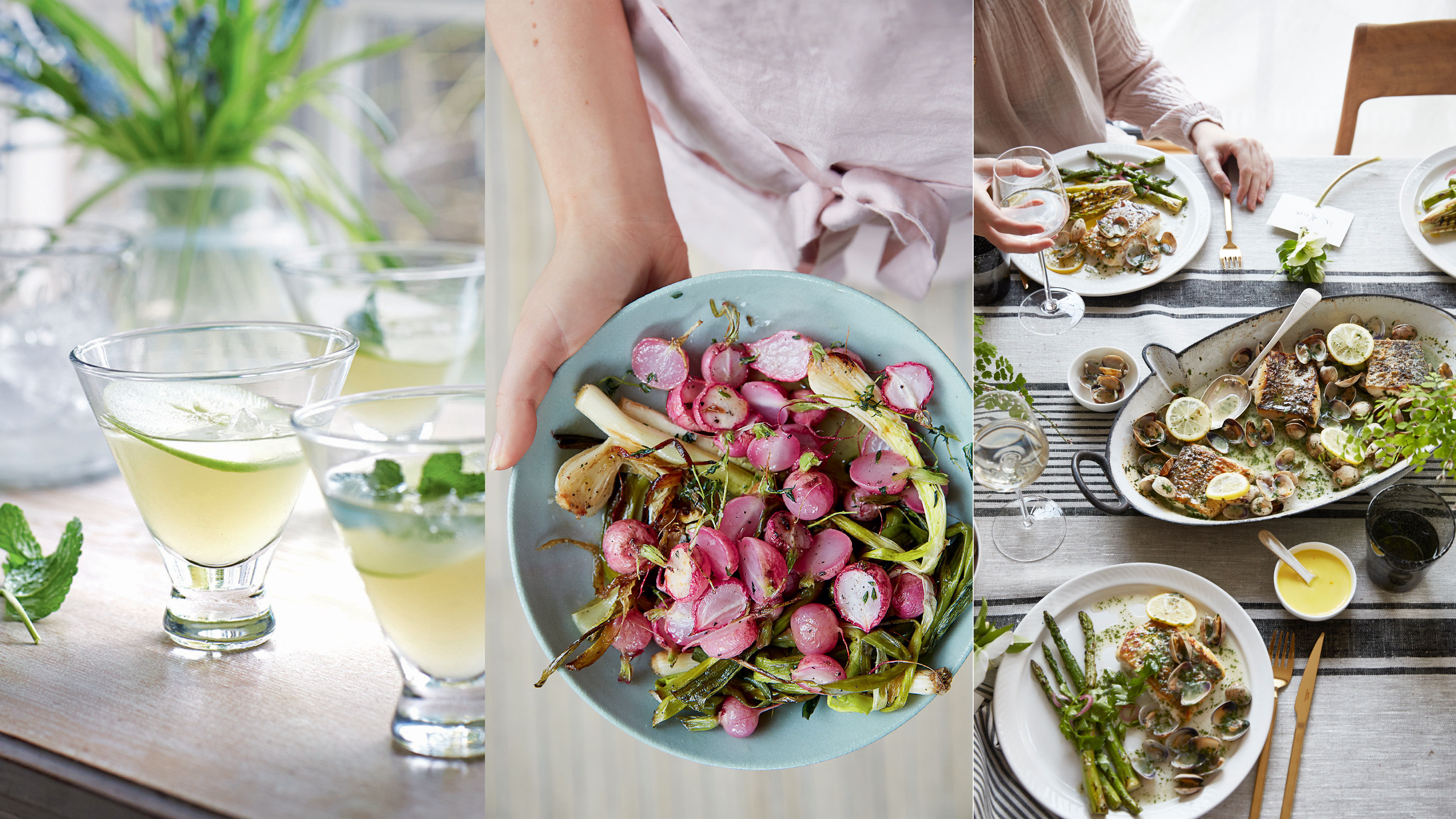 Your perfect Easter menu: our favorite Easter recipes for effortless entertaining
Your perfect Easter menu: our favorite Easter recipes for effortless entertainingFresh flavors, easy dishes, and crowd-pleasing ideas – our selection of Easter recipes make for a relaxed yet elevated spring celebration
By Alice Hart
